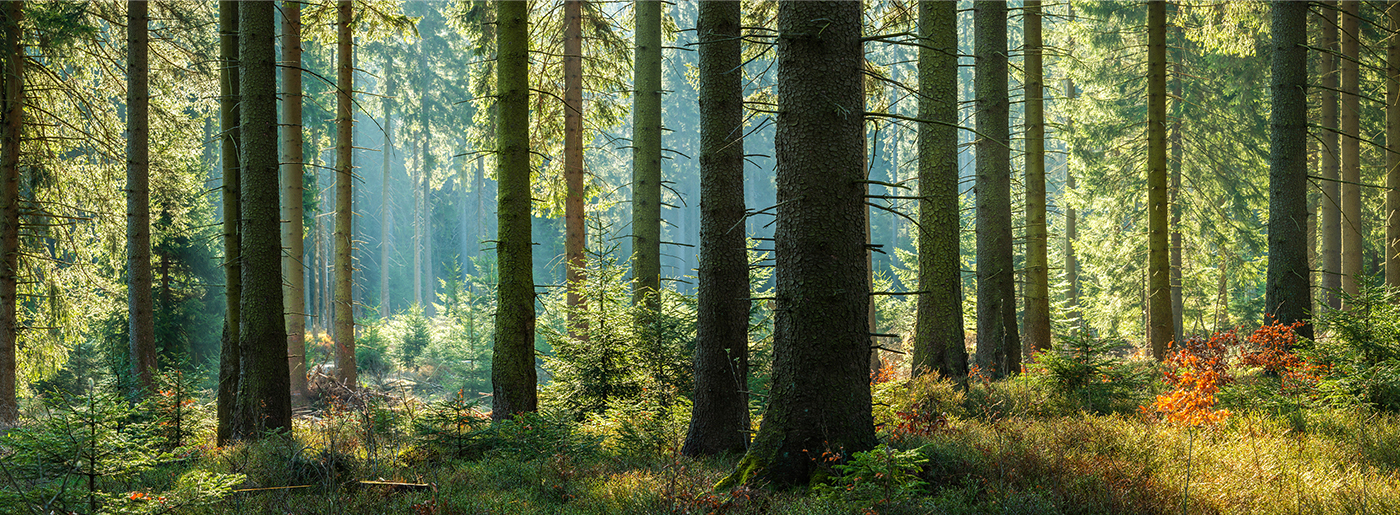“Using a variety of timber species in a variety of projects is key to long-term success in the timber industry”
As innovation in the use of wood in construction increases, it’s easy to miss changes in the wood supply itself.
Recent wood supply issues are the result of relatively short-term circumstances, but they rest on top of longer-term trends that point in the same direction: if we do not plan to broaden our wood diet, our expanding hunger will not be fulfilled.
One motive for expanding the use of wood in building is to lessen the massive climatic effect of the built environment. What is sometimes overlooked is that the built environment is equally subject to the consequences of climate change, through (for example) overheating, storms, floods, and large-scale fires.
The way we develop and run buildings must adapt to previously established patterns. Fortunately, we have wood, which is currently touted as the material to use – but that doesn’t mean it’s perfect. Even timber is subject to the effects of climate change.
Climate savvy forestry was the focus of the April Institute of Chartered Foresters conference. It inquired as to how forests may be maintained to aid in their adaptation to the possibly severe impacts of climate change.
The optimal course of action is unclear, but it is not business as usual. For resilience, forests will need to diversify in terms of species and management. Even if this does not occur, the trees are already reacting, and our familiar, commodity commercial timbers will change.
The Northern European Network for Wood Science and Engineering will host its conference at Goettingen, Germany, in September. The focus will be reducing resource scarcity in the wood sector under changing European forestry circumstances.
One issue is that the process of determining grading options is quite expensive and sometimes disproportionate to the size of the resource. How can we diversify in a system that was designed to promote consistency and simplicity in material specification?
But what exactly does diversity entail? Although species is essential to foresters, there is generally greater variance in wood qualities within one species than between averages of two species.
While species is undeniably significant in strength grading, it is sometimes a bad fit for timber engineering. On the one hand, we have hazy differences for naturally hybridising species such as larch, and on the other hand, there are various essential distinctions below the species level such as subspecies, cultivars, seed provenances, and clones.
If you want a deeper insight into which timber would be suitable for your project, one based on species but also capable of going beyond it, Quercus is always happy to share the fruits of its experience with customers. Call us on 0845 50 50 311 and see how we can help you select the perfect timber for whatever project you are working on.

